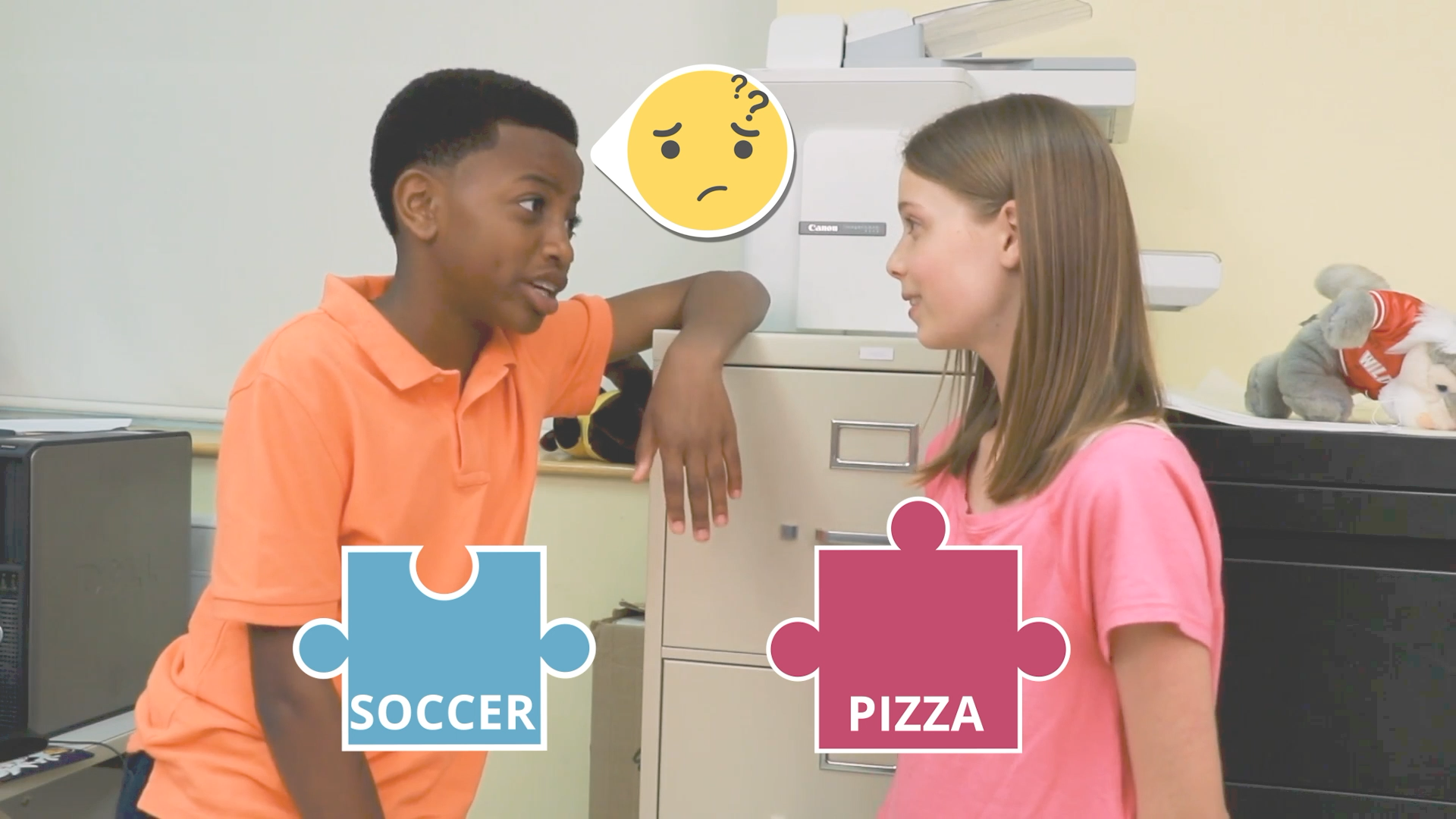
In this blog post, we will explore the importance of making connected comments in conversations and provide an easy-to-implement activity for educators to use in their classrooms. By teaching students to make connected comments, we can help them develop stronger social-emotional skills and improve their overall communication abilities.
Introduction
Connected comments are an essential part of engaging and meaningful conversations. When we participate in a conversation, we take turns talking by making comments or asking questions. These comments should fit together like a puzzle, with each person contributing to the discussion in a way that maintains the topic and shows they are actively listening. Making connected comments helps others enjoy talking to us and fosters a sense of belonging in social situations. In this post, we will guide educators through a no-prep activity, discussion questions, and related skills to help teach students the art of making connected comments in conversations.
No-Prep Activity: Topic Train
This activity requires no preparation or materials from the educator and can be easily adapted for any age group. The purpose of the Topic Train activity is to help students practice making connected comments by keeping a conversation on track.
- Divide students into pairs or small groups.
- Ask one student in each group to start a conversation by making a comment or asking a question about any topic.
- Going clockwise, each student in the group must contribute to the conversation by making a connected comment or asking a related question.
- If a student struggles to make a connected comment, the group can pause and help them think of a related comment or question to keep the conversation on track.
- Continue the activity for a set amount of time or until each student has had several opportunities to practice making connected comments.
This activity encourages students to practice active listening and develop their ability to make connected comments in a fun and engaging way.
Discussion Questions
After completing the Topic Train activity, use the following questions to stimulate further discussions about making connected comments:
- Why is it important to make connected comments in a conversation?
- How do you feel when someone makes a connected comment in response to something you’ve said? How do you feel when someone doesn’t?
- What strategies can you use to help yourself make connected comments, even when you’re not very interested in the topic?
- How can making connected comments help improve our relationships with others?
- Can you think of a time when making a connected comment helped you better understand or empathize with someone else’s perspective?
Related Skills
Teaching students to make connected comments is just one aspect of developing their social-emotional skills. Other relevant skills for students to learn and practice include:
- Active listening: Paying full attention to what others are saying, asking questions, and providing feedback to show understanding.
- Empathy: Understanding and sharing the feelings of others, even when we don’t share their experiences.
- Respectful communication: Using polite and considerate language, even when discussing difficult or sensitive topics.
- Conflict resolution: Addressing disagreements in a constructive manner and working together to find a solution.
Next Steps
Now that you have an understanding of the importance of making connected comments in conversations and have a no-prep activity to use in your classroom, it’s time to explore more social-emotional learning resources. Sign up for free samples of the discussed skill and other related materials by visiting Everyday Speech’s Sample Materials. These resources can help you further support your students in developing the social-emotional skills they need to thrive in their personal, academic, and professional lives.

